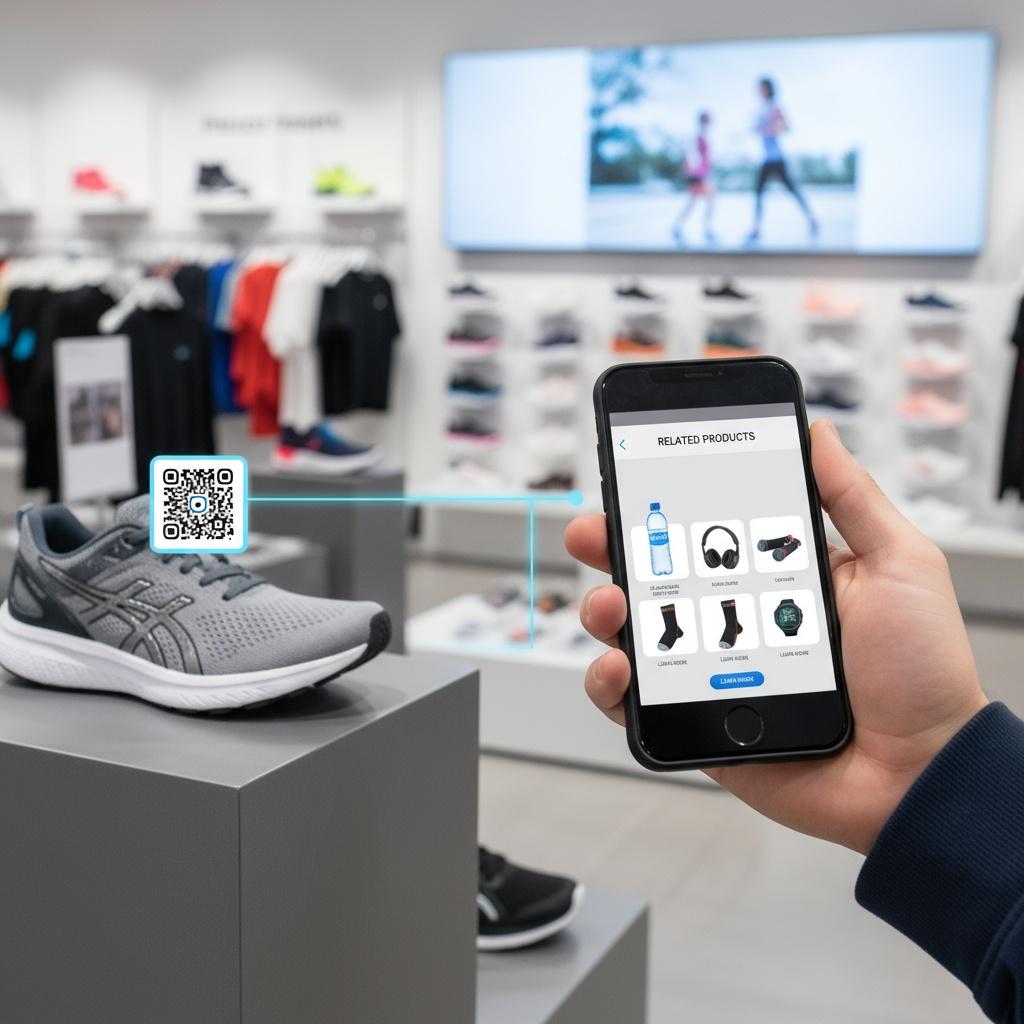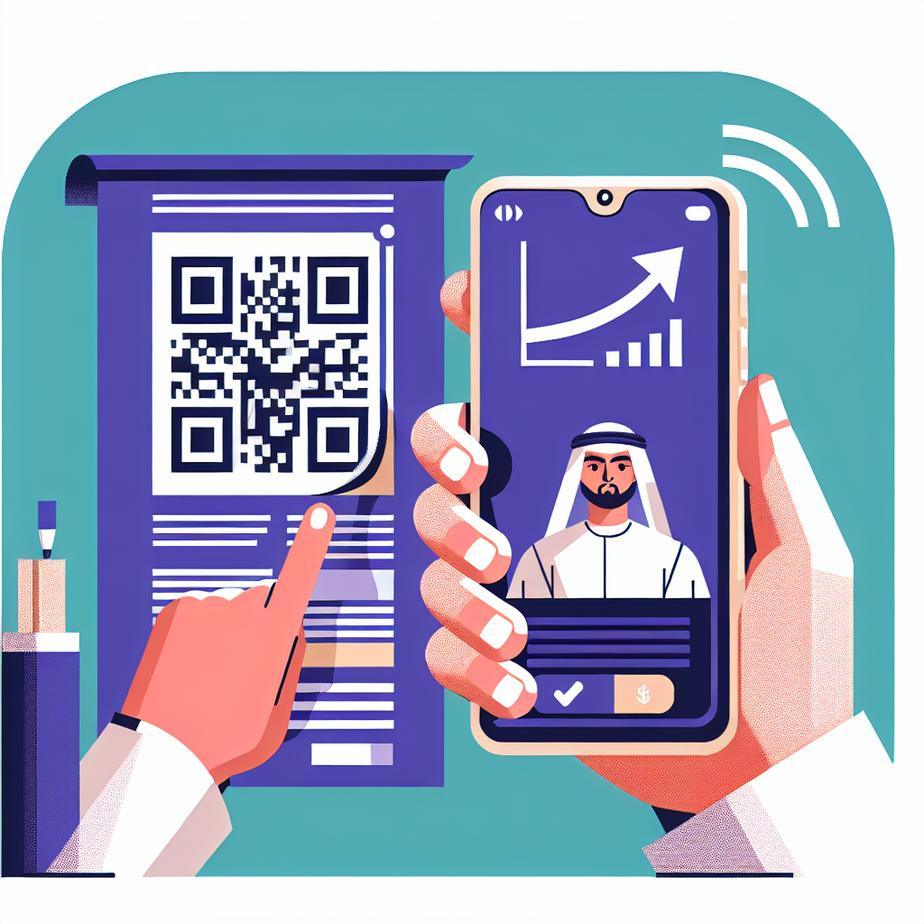

In today’s fast-evolving marketing landscape, print advertisements have found a powerful ally in QR codes. By integrating these dynamic codes into traditional print media, businesses can transform static ads into interactive experiences that are both trackable and measurable. This fusion of offline and online marketing techniques is revolutionizing modern marketing strategies and aiding businesses in their digital transformation journey.
QR codes serve as bridges between physical ads and digital content, making print ads more engaging. When consumers scan a QR code embedded in a flyer, poster, or magazine ad, they instantly access rich multimedia content such as videos, special offers, product information, or interactive brand experiences. This immediate access enhances customer engagement and encourages deeper interaction with the brand.
Unlike traditional print ads that require readers to remember URLs or contact details, QR codes provide a frictionless pathway to digital assets. This convenience motivates users to engage more frequently, whether by exploring a product demo or redeeming a discount. By facilitating such engagement, QR codes increase the likelihood of driving conversions and customer loyalty.
Particularly in the current climate where contactless interactions are favored, QR codes offer a hygienic way for customers to access information without physical touchpoints. From menus in restaurants to brochures at events, QR codes deliver a safe and instantaneous method for consumers to discover relevant content and make informed decisions.
One of the most compelling advantages of QR codes in print advertising is their ability to track engagement metrics in real time. Businesses gain invaluable insights into how audiences are interacting with their campaigns, including when and where scans happen as well as what devices are used. This data is crucial for refining marketing strategies and evaluating campaign success.
By embedding trackable QR codes in print ads, marketers unlock actionable analytics that reveal consumer behavior patterns. Understanding scan frequency, peak interaction times, and geographic hotspots allows brands to tailor their messaging and optimize resource allocation. This data-driven approach ensures marketing investments yield maximum returns and align with audience preferences.
Dynamic QR codes enable brands to update linked content or promotions without reprinting physical materials, offering remarkable flexibility. This agility reduces waste and supports iterative marketing campaigns where offers can be refreshed based on performance metrics and market feedback. Dynamic codes further enhance campaign relevance and responsiveness.
Incorporating QR codes into print ads effectively bridges the gap between traditional advertising and digital transformation tools. It empowers businesses to harness rich customer data, foster interactive engagement, and streamline marketing efforts — all with cost-effective and eco-friendly outcomes. For further insights on maximizing print marketing engagement through QR codes, explore Conquest Graphics’ comprehensive overview.
Moreover, adopting QR codes as part of wider digital transformation strategies enhances operational efficiency and customer satisfaction across diverse industries. Detailed exploration of how QR codes fuel business growth and innovation is available at VMblog’s digital transformation insights. For a deeper dive into the tracking capabilities of QR codes in print media, consider reading Zimmer Communications’ guide to QR code tracking.
QR codes have undeniably transformed print advertising from a one-dimensional broadcast medium into a dynamic, interactive, and measurable channel. By integrating QR codes, businesses can enhance customer engagement, gather meaningful analytics, and adapt campaigns on the fly, aligning perfectly with modern marketing strategies that emphasize agility and data-driven decision-making. Embracing QR codes in business not only amplifies the impact of print ads but also exemplifies a forward-thinking approach to marketing in the digital age.
As companies continue striving for innovative, cost-effective, and environmentally friendly marketing solutions, QR codes will remain a pivotal component of successful print and digital campaigns. Embracing these digital transformation tools is no longer optional but essential for brands aiming to connect with today’s tech-savvy consumers and optimize their marketing ROI.